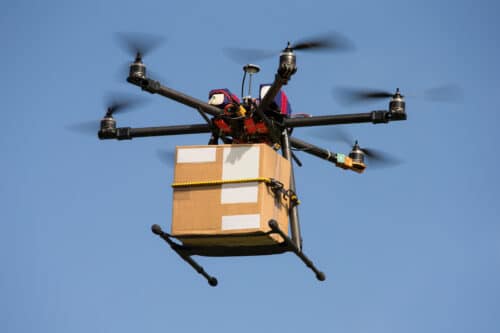The drone system learns from flight data to handle changing winds. It stays on course and doesn’t need wind details before flying.

MIT researchers have developed a drone flight controller powered by machine learning. It utilises a neural network and meta-learning to keep drones on course, even in changing wind conditions. Unlike other systems, this controller doesn’t need a predefined model of wind or the environment. Instead, it learns from flight data—just 15 minutes of it.
The system replaces fixed models with a neural network that adapts during flight. It also includes an algorithm that selects an optimization strategy based on the type of disturbance the drone faces. This selection happens during operation without user input.
The controller is trained with different wind conditions using meta-learning. This allows it to adjust during flight. Once a flight begins, the controller updates the drone’s thrust to stay on the planned path.
Most drone controllers need prior information about disturbances. They often employ fixed optimisation methods, such as gradient descent, which may not be effective in all cases. The new system uses a broader range of techniques, known as mirror descent, and learns which one to apply. The algorithm’s functions stay fixed across flights, so recalibration is not required. This allows the drone to adapt without delay or manual changes.
In tests, this approach reduced tracking errors by half, even in wind patterns not seen during training. As wind speeds increased, performance improved compared to other systems.
This system helps drones stay on course in varying weather conditions. It is beneficial for tasks like wildfire monitoring, where wind conditions can change rapidly. It also supports drones carrying shifting or uneven loads, like water tanks or packages.
The following steps include handling multiple disturbances simultaneously, such as wind and load movement, and utilising continual learning so that the drone can adjust to new situations without requiring retraining. Testing is ongoing on drones in outdoor conditions. This work supports drone control systems that respond without full knowledge of the environment.







